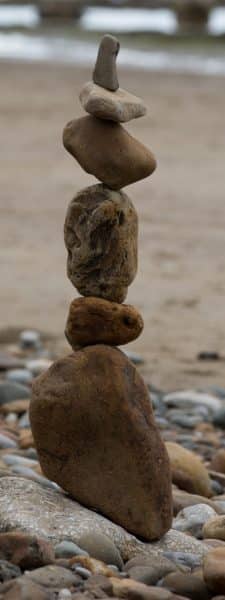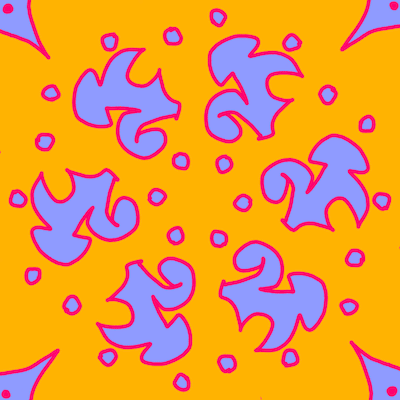Here’s a sample from the book Midnight at the Crossroads: Has belly dance sold its soul?
Four Problems of Precision (and one solution)
There is nothing wrong with being precise; generally, it’s a valuable asset. But there is a danger in valuing certain kinds of precision to the exclusion of elements that are more central to the ethos of Oriental dance.
1. External: Memory and retrieval
The focus on choreography shifts the dance from one that is improvised and created in the moment to one that is created off stage and recreated later. While it is true that we have more recorded than live music, and it makes sense to pre-record our dances as well, the current trend values memory over feeling. Too often this means the dancer is not in the moment at all, but is working hard to remember and recreate the dance that, sadly, she may not have even made for herself, but which is often created for her by a teacher or choreographer. So the dancer’s agency may be stripped away as well as her discovery of the music in the moment.
2. Excessive: Too much, too fast, too hard
With the focus on choreography, we also have the tendency to make the dance as hard as possible to demonstrate the ability of the dancer. A dance steeped in sensual abandonment and enjoyment of the music becomes a vehicle to showcase athletic ability. The feeling of the music becomes superseded by a determination to articulate every single note, ornament, nuance, and trill, a game of how many moves can one dancer cram into 8 counts. The audience can’t relax and enjoy the dance when every moment is filled.
3. Exclusive: Step up or get out
Valuing memory plus athletic ability raises the bar for excellence to a superficial level. Because Western dancers are trained to remember choreography, stylize their movements for accurate repetition, and display dizzying feats of physical prowess, Eastern values are left in the dust. Visual perfection in body, face, costume, and execution become the stock in trade; qualities of content, richness of emotion, stillness, and simplicity are scorned. It’s not just the dance is evolving—every living art will. It’s the willful disregard of the elements that make this dance special and great that is so sad. The dance welcomes all body types, all ages, genders, and ability levels. These new values disdain these qualities, and seek to turn the dance into one more competitive arena for perfectionist overachievers. Everyone else can go to hell.
4. Extreme: Make your body do stuff
And here we come to the saddest and most destructive of the new trends. One of the most brilliant, beautiful, magical elements of oriental dance is the training of the body to respond intuitively to the music. Sure, you have some vocabulary to learn, and that takes some effort. But the basic vocabulary is fairly simple. What takes one’s entire life is the level of artistry that is attainable with these few movements. To hear improvised music and to express physically the texture, pitch, speed, and emotional timbre is a stunning accomplishment. We give our lives to this. But it is not just artistry.
Current research shows that trauma resolution is largely accomplished through allowing the body to move as it wishes. When a dancer is in the moment, allowing the music into her body, allowing her body to respond intuitively, the dances magic suffuses her body and soul, bringing with it healing, radiance, and joy.
The focus on recreation, stylization, repetition, and precision movement destroys this magic, and with it the mystical, healing, spiritual heart of the dance.
With mystical heart as a value, where do we put our attention? How do we aspire to greatness? There is one kind of precision to which we happily aspire: Timing.
Timing is the bleeding edge of superior precision. This is what we practice to achieve greatness in Oriental dance. Yes, we need beautiful lines, posture, strength, presence, endurance. And we practice them. But timing is the queen. And it must be intuitive, open and fresh, ready for anything. Our hearing is one of our fastest senses; the body is capable of responding to what it hears almost before we are aware w shave heard anything. In the wild, back in the old days, intuitive response to sound saved many a life. In the dance, we hear and let the body respond, let the body choose the movement. We practice and practice to have the physical skill so that the body can execute whatever it needs to articulate the music in the moment.
This is the heart of the dance.
(and back later with a few more kinds of precision ; )
Check out the project! And please share.
http://BellyDanceSoul.com



No comment yet, add your voice below!